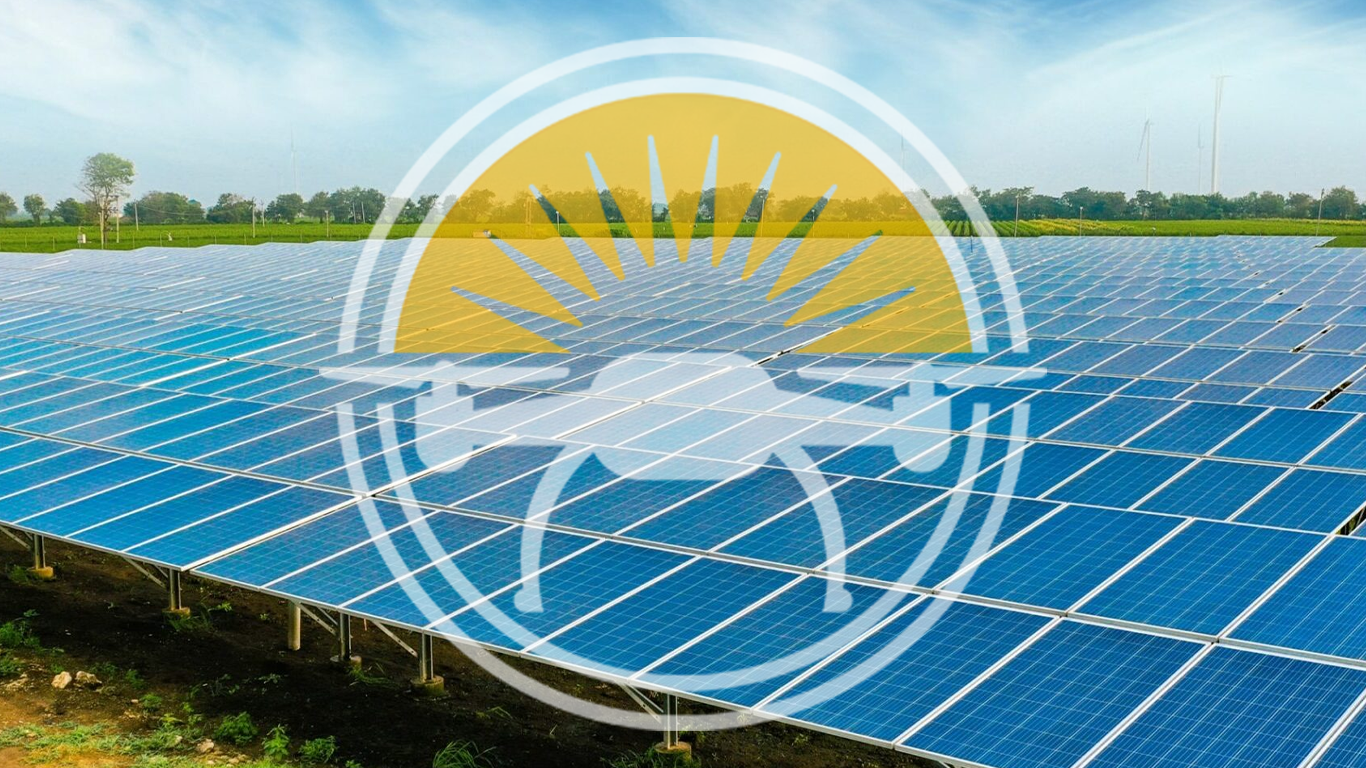Building Trust into the Grid, One Block at a Time
In the race to scale clean energy, data has become one of our most powerful tools — and also one of our biggest vulnerabilities. From solar performance reports to maintenance logs, ensuring that this data is accurate, verifiable, and tamper-proof is critical for grid reliability and investor confidence.
This is where **blockchain** steps in. By recording solar inspection data on a decentralized ledger, platforms like **Sun Sentry** are redefining what transparency looks like in clean energy — turning performance history into a trusted source of truth.
Why Data Integrity Matters in Solar O&M
Solar asset performance data is used for scheduling maintenance, forecasting energy output, securing financing, and reporting to regulators. If this data can be altered or manipulated, it puts the entire system at risk — leading to inaccurate decisions, financial misreporting, and even safety failures.
Immutable Logs Through Solana Blockchain
Sun Sentry uses the **Solana blockchain** to record inspection results from its AI drone scans. Every record — whether it's a crack, thermal anomaly, or dust alert — is hashed and timestamped before being committed to the chain. This ensures that no data can be altered once it's logged, offering an auditable trail for internal teams and third parties alike.
- 🧾 Every scan = a permanent, time-stamped ledger entry
- 🔐 Tamper-proof reporting for regulators and auditors
- 🔗 Shared trust across decentralized microgrid stakeholders
Enabling Auditable Solar Performance
Whether you're a solar farm operator or an ESG-conscious investor, being able to trace the health history of each solar panel builds long-term confidence. With blockchain, this data can be independently verified without relying on a single central party.
Smart Contracts for Accountability & Access Control
Beyond transparency, smart contracts also enable **automated SLAs** between asset owners and O&M providers. For instance, a smart contract could trigger a maintenance dispatch if fault severity exceeds a threshold — all without human input.
The Bigger Picture: Decentralized Clean Energy
As solar adoption spreads into microgrids and community-led infrastructure, blockchain can act as the **common ledger** across stakeholders. It can track energy generation, panel health, maintenance events, and payments — enabling local energy ecosystems to run independently and securely.
Conclusion
Clean energy needs clean data. With blockchain, Sun Sentry isn’t just protecting solar panels — it’s protecting truth. As we scale toward a decentralized, renewable-powered future, technologies that ensure visibility, trust, and automation will become non-negotiable. Blockchain is not just part of the future — it’s the infrastructure of it.
